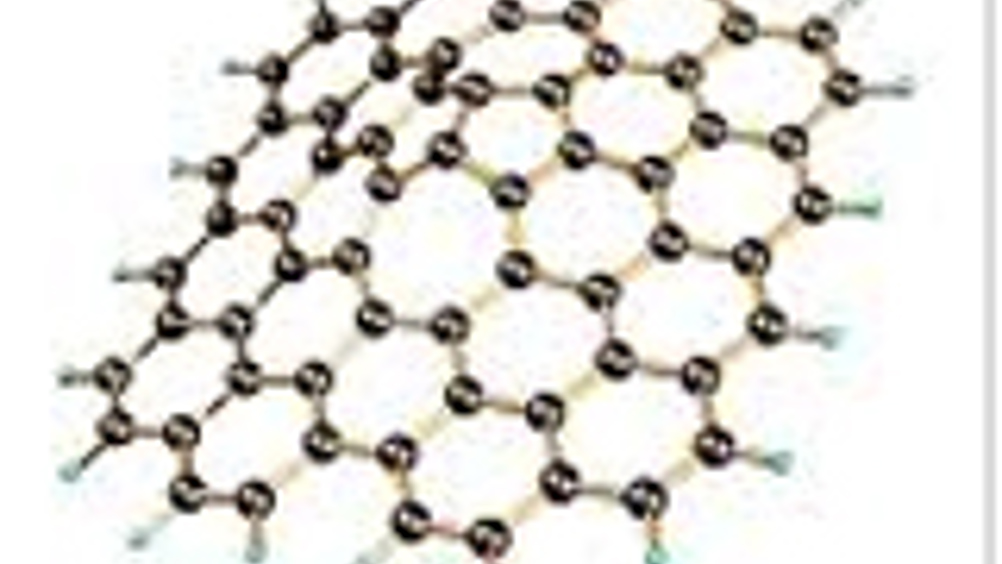Research team discovers how to ‘break’ graphene
1 min read
A researcher claims to have discovered the mechanisms of mechanical failure of pure graphine under tensile stress. Graphene, a single layer of graphite only one atom thick, is the strongest material known to mankind and the discovery could help overcome the difficulties of integrating it into electronic devices.

Prof Chris Marianetti from Columbia Engineering's Department of Applied Physics and Applied Mathematics used quantum theory and supercomputers for his research, published in Physical Review Letters journal.
The research, funded by the National Science Foundation suggests that when graphene is subject to strain equal in all directions, it morphs into a new structure which is mechanically unstable.
Marianetti says this failure mechanism is a novel soft mode phonon instability. A phonon is a collective vibrational mode of atoms within a crystal, similar to a wave in a liquid. The fact that a phonon becomes 'soft' under tensile strain means that the system can lower its energy by distorting the atoms along the vibrational mode and transitioning to a new crystalline arrangement.
Under sufficient strain, graphene develops a particular soft mode that causes the honeycomb arrangement of carbon atoms to be driven towards isolated hexagonal rings. This new crystal is structurally weaker, resulting in the mechanical failure of the graphene sheet.
Marianetti said: "This is exciting on many different levels. Soft modes were first recognised in the 1960s in the context of ferroelectric phase transitions, but they have never been directly linked to fracture. Typically, defects in a material will always cause failure to happen prematurely, but the pristine nature of graphene allows one to test our prediction. We have already outlined some interesting new experiments to directly observe our theoretical prediction of the soft mode."
According to Marianetti, this is the first time a soft optical phonon has ever been linked to mechanical failure and it is therefore likely that this novel failure mechanism is not exclusive to graphene but may be prevalent in other very thin materials. "With nanotechnology becoming increasingly ubiquitous, understanding the nature of mechanical behaviour in low dimensional systems such as graphene is of great importance," he continued. "We think strain may be a means to engineer the properties of graphene, and therefore understanding its limits is critical."











